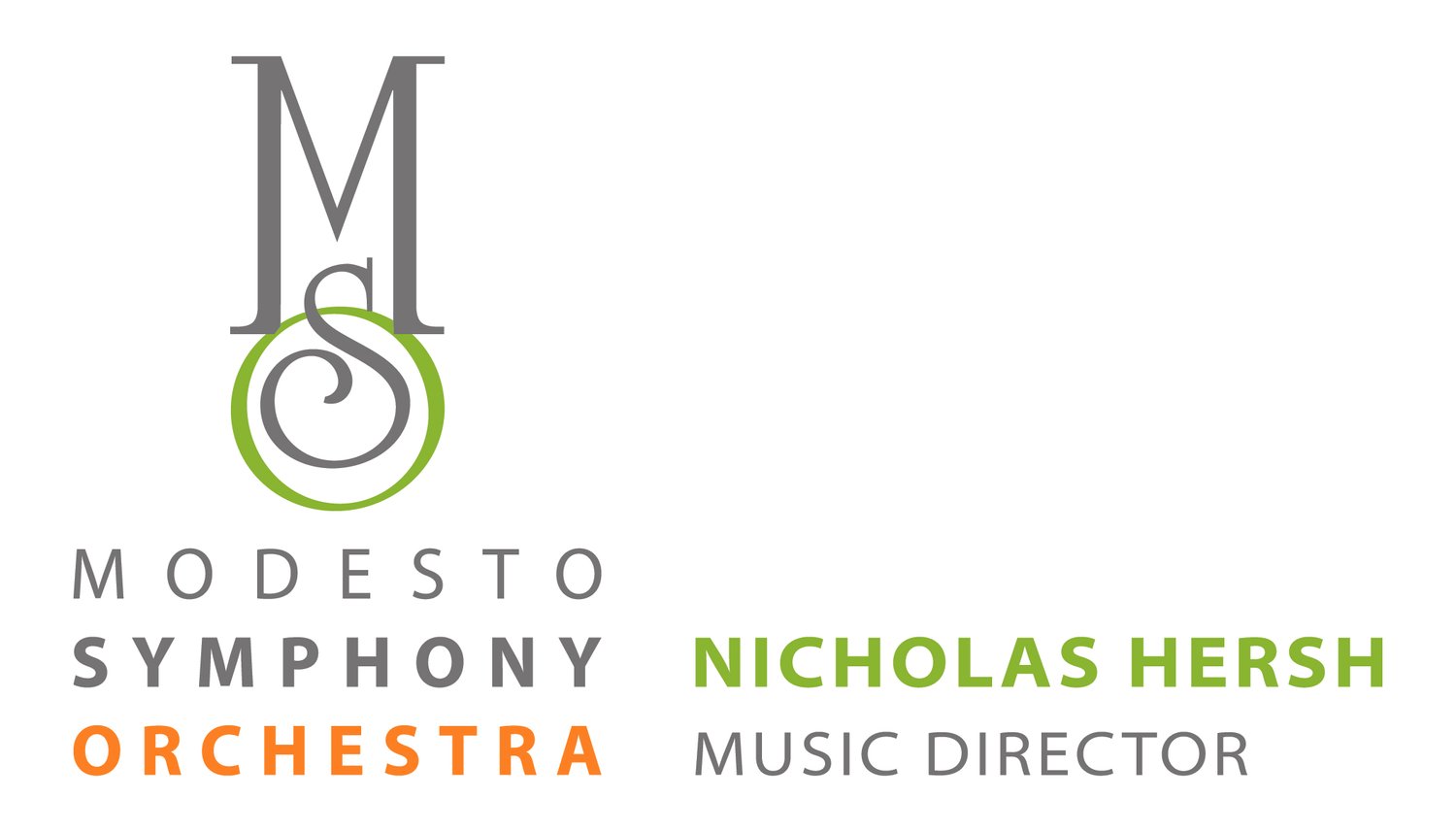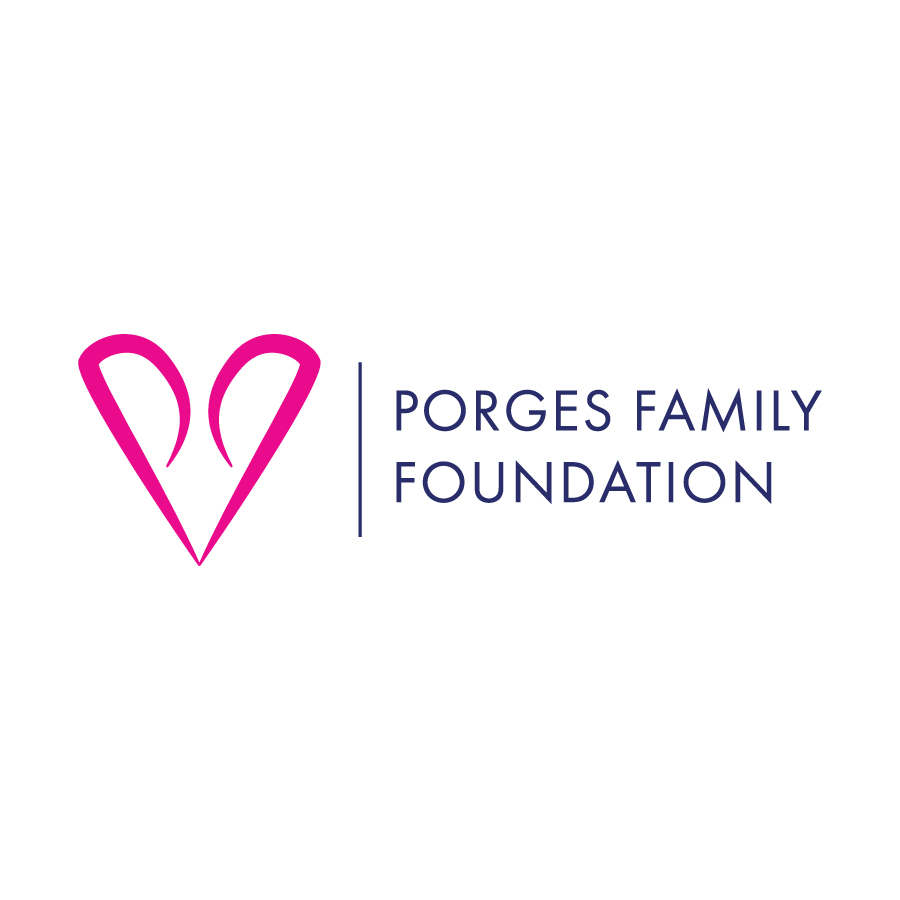Tchaikovsky, Mozart, Norman & Lockington Program Notes
Serenade for Strings, Op. 48 | Pyotr Ilyich Tchaikovsky (1840-1893)
First Movement & Fourth Movement
Throughout his creative career, Tchaikovsky went through extreme cycles of inspiration – or lack of it – tied to his frequent bouts of deep depression and self-doubt. His music usually reflected his mood, especially the depression, but sometimes he managed to escape. One of these occasions occurred in 1880.
The year had not been productive, but in the fall he produced in quick succession two vastly dissimilar works: The bombastic 1812 Overture, composed for the consecration of the Church of Christ the Savior in Moscow commemorating Russia’s victory over the armies of Napoleon; and the Serenade for Strings, one of his warmest, heartfelt creations.
Tchaikovsky commented on the two works: “The overture will be very loud, noisy, but I wrote it without any warm feelings of love and so it will probably be of no artistic worth. But the Serenade, on the contrary, I wrote from inner compulsion. This is a piece from the heart and so, I venture to say, it does not lack artistic worth.” He wrote to his friend and publisher: “Whether because it is my latest child or because in reality it is not bad, I am terribly in love with this Serenade and can scarcely wait to have it presented to the world.”
That being said, the Serenade was an accident. Although Tchaikovsky was planning a symphony or a string quartet when he started writing, his work gradually evolved into the Serenade, perhaps because of its lack of weighty substance. It is surprisingly lighthearted, compared to the composer's many melancholy works. Although the number and structure of the movements conform to the symphonic model, its sunny mood caused the composer to refrain from calling it a true symphony. In the nineteenth century, music had to be serious to be taken seriously. The composer wrote on the score: “The larger the string orchestra, the better the composer's desires will be fulfilled.”
Clarinet Concerto in A major, K. 622 | Wolfgang Amadeus Mozart (1756-1791)
This extraordinary Concerto is Mozart's last completed instrumental piece. It has been without doubt the most popular work ever written for the clarinet and few others have done the instrument more justice. Most of the larger compositions Mozart wrote in the last years of his life were commissions – attempts to raise badly needed cash. The Clarinet Concerto, however, was an exception: Mozart composed it, and the Clarinet Quintet, K. 581, for his friend, the celebrated virtuoso Anton Stadler. What began as a purely musical association between composer and performer became a deep friendship, cemented by their involvement with Vienna’s Freemasons. They shared one other trait: neither could hold on to money. Stadler used to borrow relentlessly – often from Mozart, of all people. Fortunately for us, the friendship withstood the strain.
The clarinet was a relative latecomer to Western music; while there is some evidence that both Antonio Vivaldi and George Frederick Handel employed the instrument occasionally, the clarinet did not come into regular use until the second half of the eighteenth century and was in continual evolution. While today’s young band students learn on an instrument in B-flat, thereby making it the default instrument, there are more varieties of clarinets – in shape, size and key, than in any other family of instruments.
Until his friendship with Stadler, Mozart had used the instrument sparingly, except in his Harmoniemusik, serenades and partitas for wind ensembles used for outdoor entertainment. But by the late 1780s, he included the instrument in his last three piano concerti, his final symphonies and all his major operas composed in Vienna.
Mozart wrote the concerto in its original form for an instrument of Stadler's invention, an extended range clarinet (sometimes called ”basset clarinet,” and not to be confused with the basset horn), extending one fourth lower than the standard clarinet. The autograph manuscript, however, was lost and only an adaptation for the regular clarinet, made in 1802 by the original publishers, survived. Since the late 1940s clarinetists have made numerous attempts to reconstruct the original score for the basset clarinet, and instrument makers have attempted to recreate the instrument. An increasing number of performers are currently playing the concerto on these extended-range clarinets.
After the traditional orchestral exposition, the voice of the clarinet is seldom still. There is a masterful interplay between soloist and orchestra, as well as an astounding number of themes, most of them introduced by the soloist. The mood is changeable, at times cheerful, as in the opening theme, at others resigned or even sad; the tone rich and languid, by turns – all created by Mozart’s unusual choice of secondary themes in the minor mode, rather than the customary major.
The slow second movement is a simple ABA song form, one of Mozart’s most poignant, gentle and introspective utterances. The long, irregular phrases create a feeling of emotional tension.
The Rondo finale is in a different mood, harking back to the simplicity and charm of music from Mozart’s earlier days and reflecting the happy mood of the opera The Magic Flute which he was composing at the time. Of course, there are ample opportunities for the clarinet to show off, but in no way approaching the level of technical fireworks found a generation later in the concertos for clarinet by Carl Maria von Weber, which really put the instrument through its paces.
Stadler premiered the Concerto in Prague on October 16, 1791, less than two months before the composer’s death.
Danse sacree et Danse profane | Claude Debussy (1862-1918)
For Harp and String Orchestra
In 1903, the French piano firm of Pleyel commissioned Claude Debussy to write a composition for its new invention, the chromatic harp – an instrument without pedals but with two rows of strings slanted across each other offering the full chromatic scale. The composition was to serve as a test piece for the Brussels Conservatoire, and was one of the few pieces written specifically for this instrument, which enjoyed only a short vogue.
Debussy’s life at the time was in chaos. He was in the process of leaving his wife Lilly and moving in with his lover of many years, Emma Bardac, a wealthy married woman. Lilly threatened suicide and created a scandal that alienated many of Debussy’s friends, including the composer Gabriel Fauré (Bardac was once his mistress), who panned the two Danses mercilessly after the premiere in November 1904. Debussy never forgave him.
France has always been a country that takes its art and artists very seriously and has been prone to polemics about art and artists. In no other country in Europe could two differing styles of opera have elicited physical violence on a regular basis as was the case in eighteenth century Paris. Scandal notwithstanding, by 1904, Debussy had become a cause célèbre for the new “impressionistic” style of his opera Pélléas and Mélisande, which premiered in 1902. From then on, it was common to talk of “Debussyism;” the musical and literary forces of the time kept up a fevered debate over the intrinsic and aesthetic merit of his music.
The theme of Danse sacrée comes from a short piano piece by the Portuguese composer Francisco de Lacerda (1869-1934), while the Danse profane has no specific source. The title of the work contains what the French call a “false friend;” profane does not mean “profane,” but rather “secular.” There is no contrast here between a somber religious procession and an orgiastic pagan rite. Both dances are dignified, even subdued, suggesting the image of mature priestesses and demure virgins. If we ignore Debussy’s title, in order to focus on the music alone, the two Danses fit together in the same way as a free-flowing Baroque prelude to its more rhythmic partner.
Violin Concerto no. 5 in A major, K. 219 | Wolfgang Amadeus Mozart (1756-1791)
There is some controversy among scholars whether Mozart himself actually gave the first performance of his five known violin concertos, but there is no question that he was already a master violinist in his childhood. In fact, his father, Leopold – ever the "backstage parent" – was frequently after him to show off his skills by writing a virtuoso concerto for the instrument: “You yourself do not know how well you play the violin,” he wrote to his son. When Mozart finally did write concertos for the instrument in 1773-75, he wrote a bunch of them, his five concertos only 12 Koechel numbers apart. At that time, Mozart was in Salzburg, in the employment of Archbishop Hieronymus Colloredo for whom he both composed and served as violinist in the court orchestra. Mozart hated his employer who was a strict taskmaster and had no truck with his young musician, however talented. Although Mozart was more than seven years in the Archbishop’s employ, he spent nearly three of them on furlough – stretched to AWOL – performing around Europe and, none too diplomatically, looking for another job. By 1774 he was apparently quite negligent about his violin playing and possibly wrote the concertos for his friend, the court violinist Antonio Brunetti, whose abilities were limited and who had difficulty playing them. After 1775 Mozart occasionally performed them himself.
Mozart’s violin concertos are relatively modest works by a youthful master, written at a time when the genre had become neglected. After the flourishing of the Baroque violin concerto by such masters as Vivaldi and Tartini, it went into partial hibernation until Beethoven awakened it with a new kind of virtuosic writing that was to set the stage for the great romantic concertos of Mendelssohn, Bruch and Tchaikovsky. Mozart left no cadenzas but most players either write their own or borrow one from the pen of any number of great violinists.
The A-major concerto has a number of unusual features, including a long recitative type section leading into the second movement, almost a melancholy aria for the violin. The Concerto is also known as the "Turkish" concerto because Mozart included a diversion in the final rondo of faux -Turkish music similar to, but gentler than the finale of the much later Piano Sonata, K. 331 and the overture to the opera The Abduction from the Seraglio. Although bearing little resemblance to authentic Turkish music, this passage is supposed to reflect the jangling, percussive music of the Janissary soldiers of the Ottoman Turks. Many composers of the period were captivated by this exotic orientalism, especially composers of the Austro-Hungarian Empire, whose eastern borders were continually threatened by their Ottoman neighbors. Among the most famous examples is the second movement of Franz Josef Haydn’s Symphony No. 100, the “Military.”
Program notes by:
Joseph & Elizabeth Kahn
Wordpros@mindspring.com
www.wordprosmusic.com













